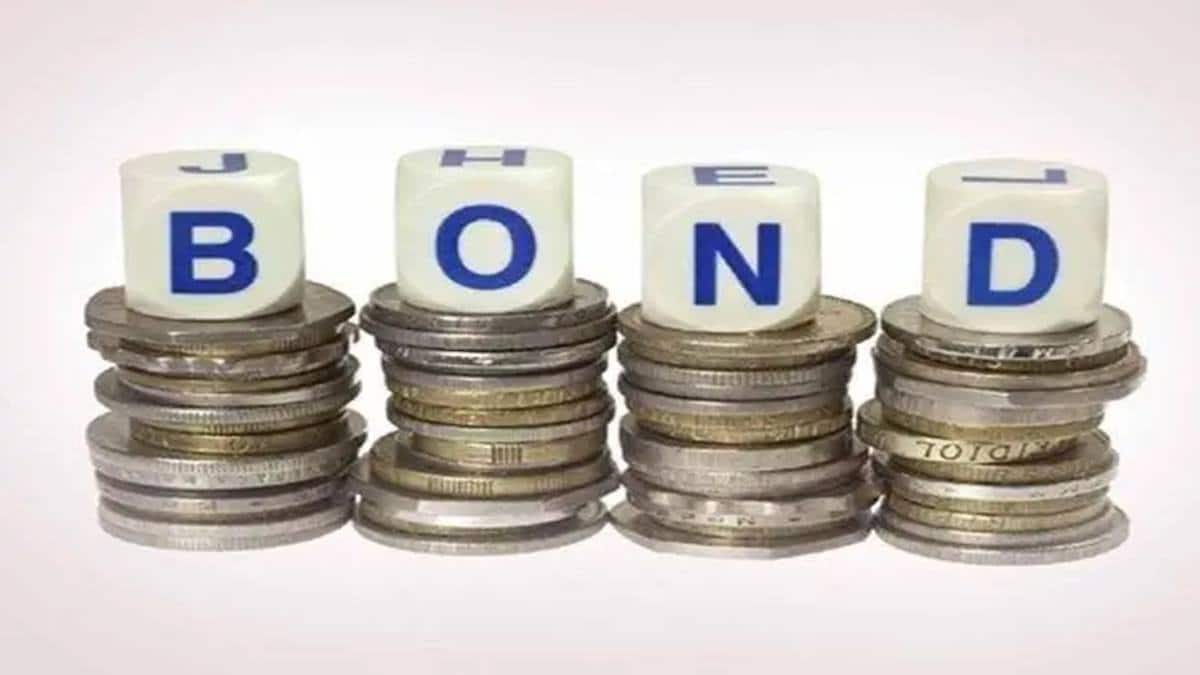Local credit may still be cheaper than dollar bonds
Although interest rates locally are on the rise, companies may find credit here is cheaper than tapping the overseas bond markets. With the yield on the 10-year US treasury now nudging 4% from about 1% at the start of the year, the spreads widening and the forward premium rising, dollar bonds have become much costlier.
“Spreads have widened materially for investment grade names and even more for emerging market issuers. In a time of turmoil, the risk premium has risen and the sentiment is weak,” a senior banker said. The rise in yields, since January, has been anywhere between 50 and 150 bps for top quality borrowers and even more for those with lower ratings.
Also Read: SME IPOs catch investors’ fancy; 87 hit primary market to raise Rs 1,460 crore in January-September
For instance, a 10-year bond issued in January at a coupon of 2.8% is now trading at a yield of close to 5.8-6%. For the same borrower, therefore, adding the hedging costs, the total cost of issuance now could be as much as 9.5-10%. At home, banks would be willing to disburse a rupee loan at 8-8.5%. Moreover, there is also appetite in the corporate bond market with insurers and provident funds looking for good quality paper.
The appetite in the overseas loan market remains strong, bankers said. As such, for companies that have dollar revenue streams, dollar loans, which are priced over the SOFR-Secured Overnight Financing Rate, can be a cheaper option than rupee loans. Spreads in this market have gone up by about 50-60 bps, they said.
At the start of 2022, several borrowers, including Reliance Industries and State Bank of India (SBI), had tapped the bond markets. SBI had mopped up $300 million via five-year Formosa Bonds at a very tight spread of T plus 100 bps; the yield on the bonds has risen by about 40bps. However, ever since the Fed has indicated that it would tighten monetary policy and withdraw accommodation, the markets have turned choppy. The troubling geopolitical situation weakened the sentiment. Investment bankers said the appetite for investment grade paper needs to recover meaningfully before investors start looking at high yield paper.
